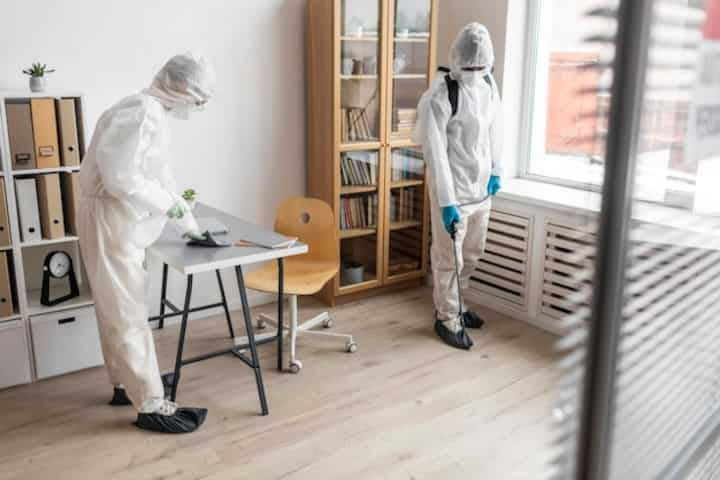
Importance of Post Remediation Verification for Mold
Mold remediation is a critical process for ensuring healthy living and working environments. However, the process does not end with the removal of mold. Post remediation verification (PRV) is an essential step that confirms the effectiveness of mold remediation efforts. This step ensures that the environment is safe and free from mold contamination, preventing future health risks and property damage. Understanding the importance of PRV can help individuals and businesses maintain safe and healthy spaces.
What is Post Remediation Verification?
Post remediation verification is a comprehensive inspection conducted after mold remediation efforts have been completed. The primary objective is to assess whether the mold removal process was successful and to ensure that the affected areas are free from mold spores and contamination.
The Key Components of PRV
- Visual Inspection: A thorough examination of the remediated area to check for any visible mold growth or water damage.
- Air and Surface Sampling: Collecting samples to test for mold spores in the air and on surfaces to ensure they are within safe levels.
- Moisture Assessment: Using specialized tools to detect any remaining moisture that could potentially cause mold regrowth.
- Documentation Review: Assessing remediation documentation to verify that all procedures were correctly followed.
Find additional information here about the components of effective PRV.
Why is Post Remediation Verification Important?
Ensuring the success of mold remediation requires more than just cleaning the affected area. PRV is crucial for several reasons:
Health Protection
Mold exposure can lead to a range of health issues, including respiratory problems, allergies, and even severe illnesses. PRV helps confirm that the environment is safe for occupants, significantly reducing the risk of health complications. Explore further insights here on how PRV contributes to health protection.
Prevention of Future Mold Growth
Without proper verification, there is a risk that mold may regrow, leading to recurring issues. PRV ensures that all sources of moisture have been addressed and the environment is conducive to preventing future mold growth. Learn more in this detailed guide on preventing mold recurrence.
Ensuring Proper Remediation Techniques
PRV provides an independent assessment to verify that remediation techniques were applied correctly. This verification helps in maintaining high standards in mold remediation processes and techniques. Read more about this topic to understand the importance of proper remediation techniques.
Choosing a Qualified Professional for PRV
Conducting PRV requires specialized knowledge and expertise. It is important to hire qualified professionals who can perform thorough inspections and accurate testing. Consider the following when choosing a professional:
- Certifications and Qualifications: Ensure they have appropriate certifications and training in mold assessment and remediation.
- Experience: Look for professionals with a proven track record in successful PRV.
- Reputation: Check reviews and testimonials to gauge the quality of their services.
Read more about selecting qualified professionals for PRV here.
Conclusion
Post remediation verification is an indispensable part of the mold remediation process. It ensures that the environment is safe, healthy, and free from mold contamination. By recognizing the importance of PRV and choosing qualified professionals to perform these verifications, individuals and businesses can maintain environments that promote health and safety. Explore further insights here to understand the critical role of PRV in mold management.